The amphibious assault ship USS Bataan (LHD 5) will host Fleet Week New York.


The amphibious assault ship USS Bataan (LHD 5) will host Fleet Week New York.
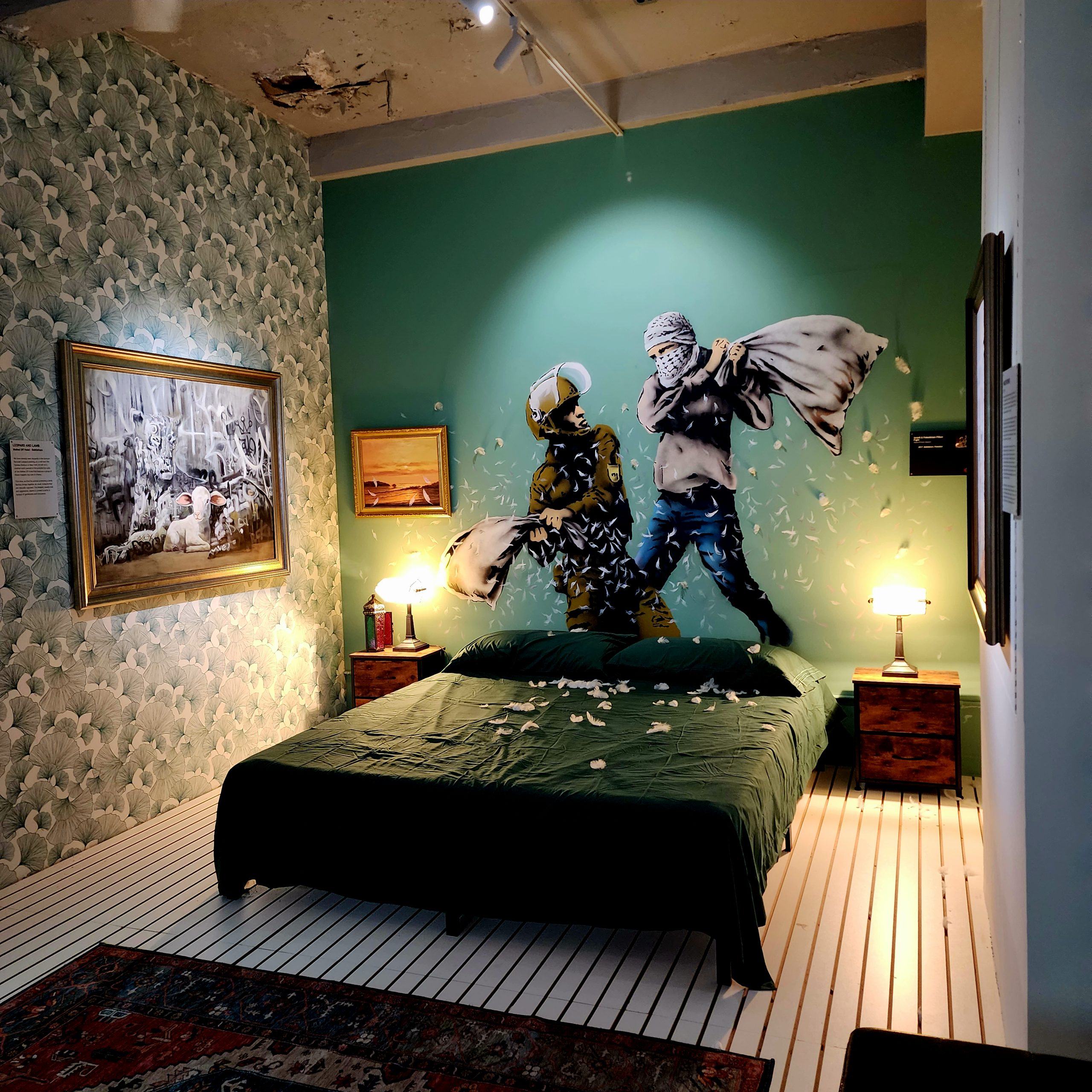
The presence of The Banksy Museum in New York City has been confirmed. SoHo is now the home to the world’s largest collection of Banksy’s life-sized murals and artwork. Located at 227 Canal Street (at Broadway), NYC The Banksy Museum is now open, in preview, to the public. The official press opening is Wednesday, May 15.
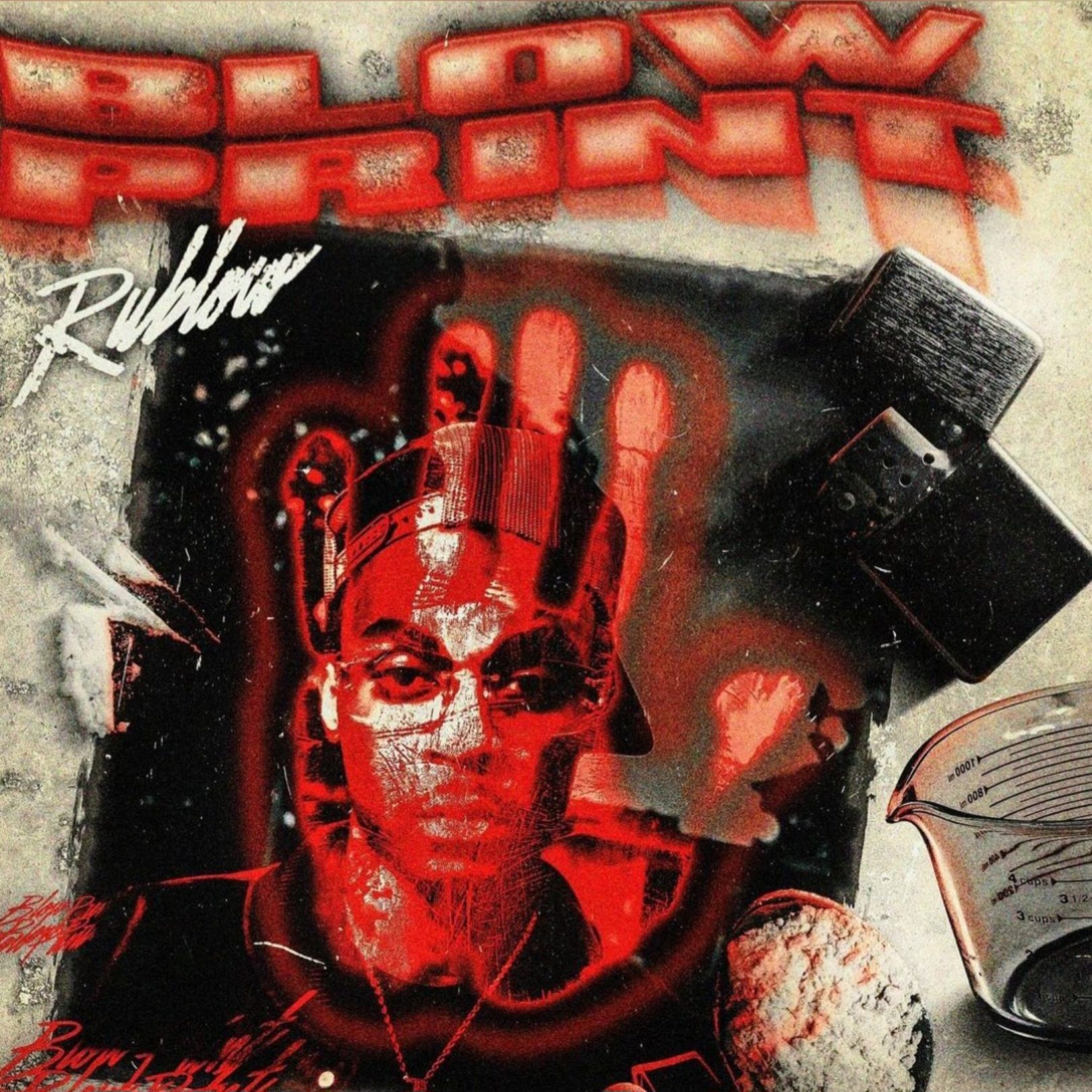
East-side Tampa Bay rapper Rublow is making a bold statement with powerhouse bars on his debut mixtape, Blow Print, out now via Cash Money Records.
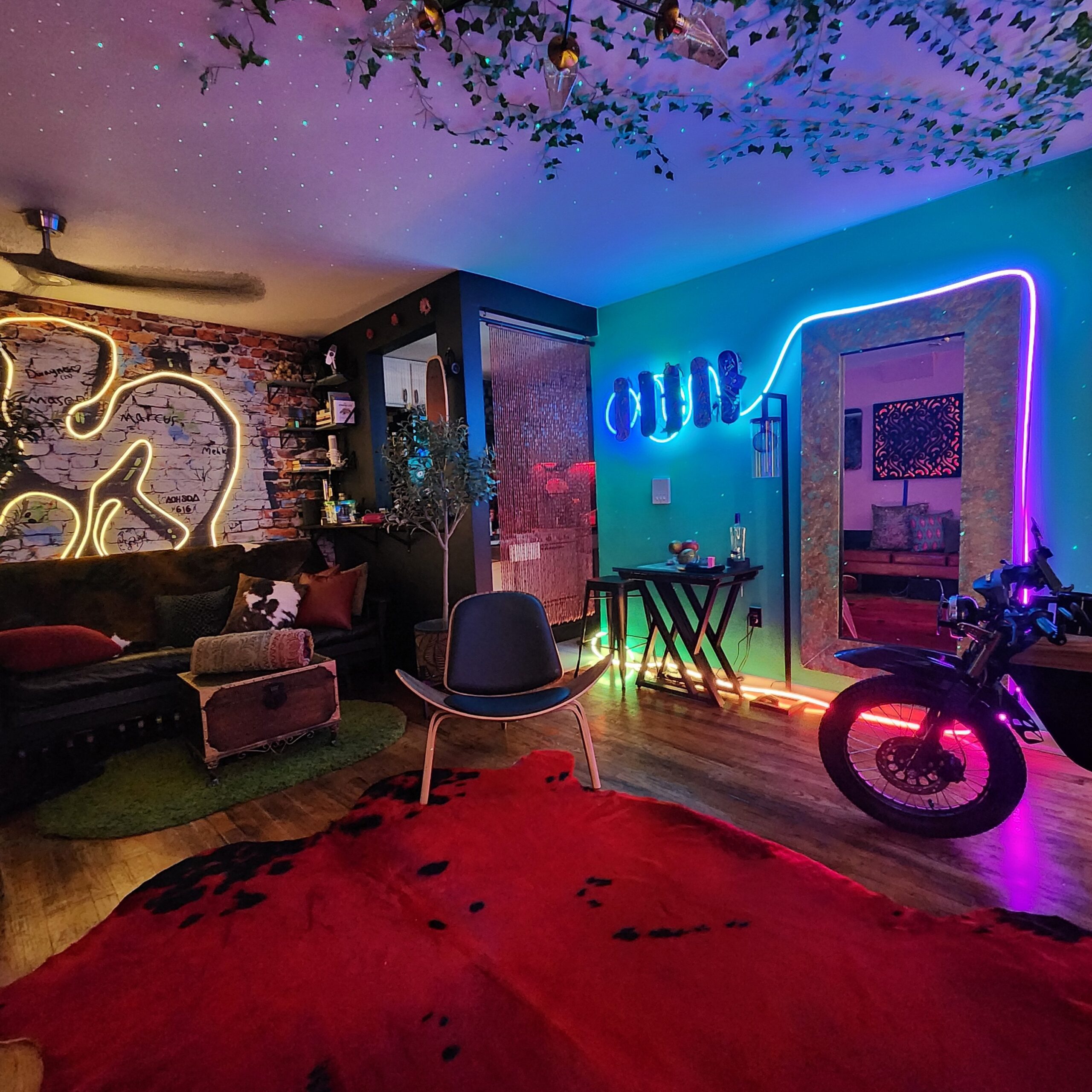
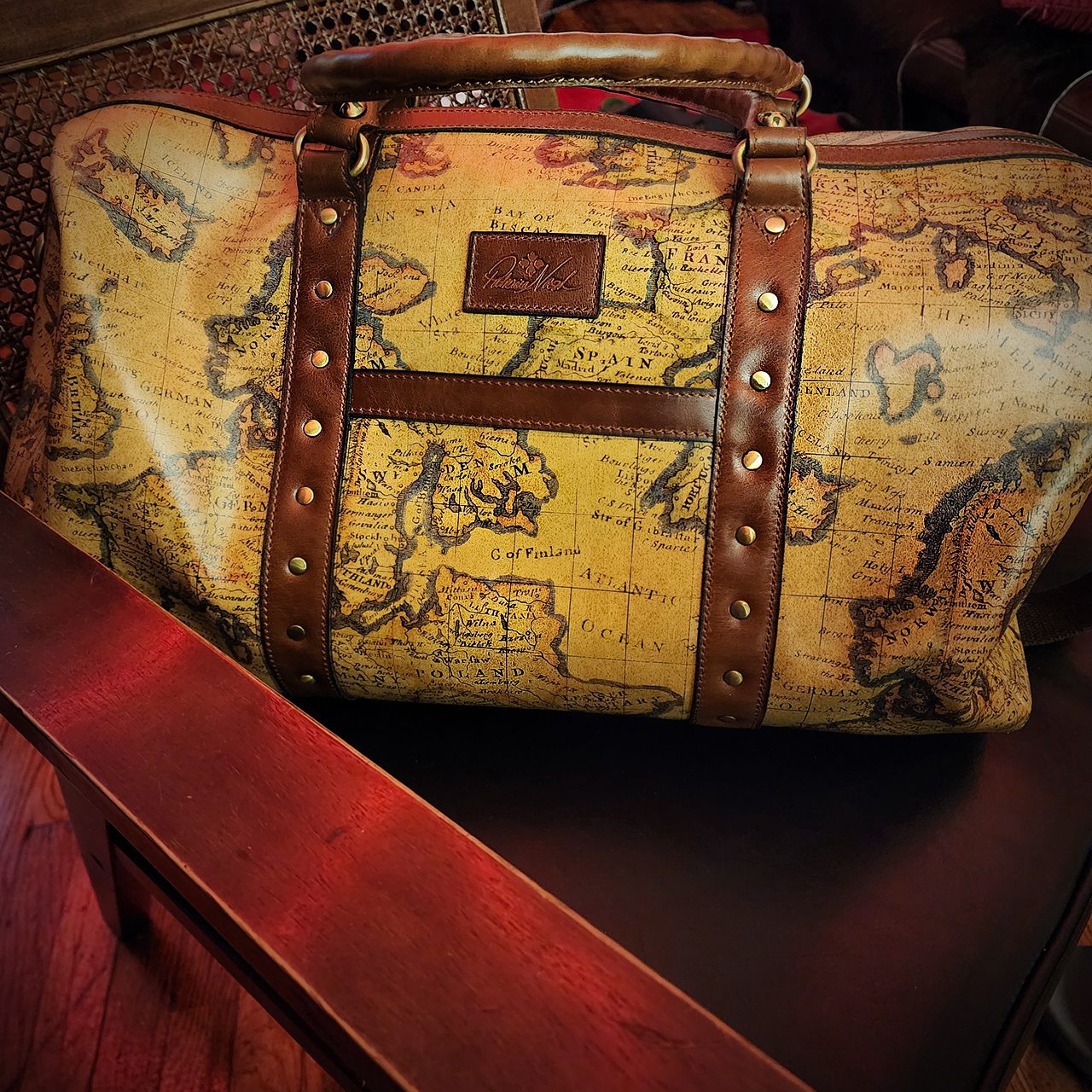
Patricia Nash Designs was established in 2010, and under her guidance is more than a fashion brand—it’s a lifestyle celebrating craftsmanship, storytelling, and a profound love for vintage aesthetics.
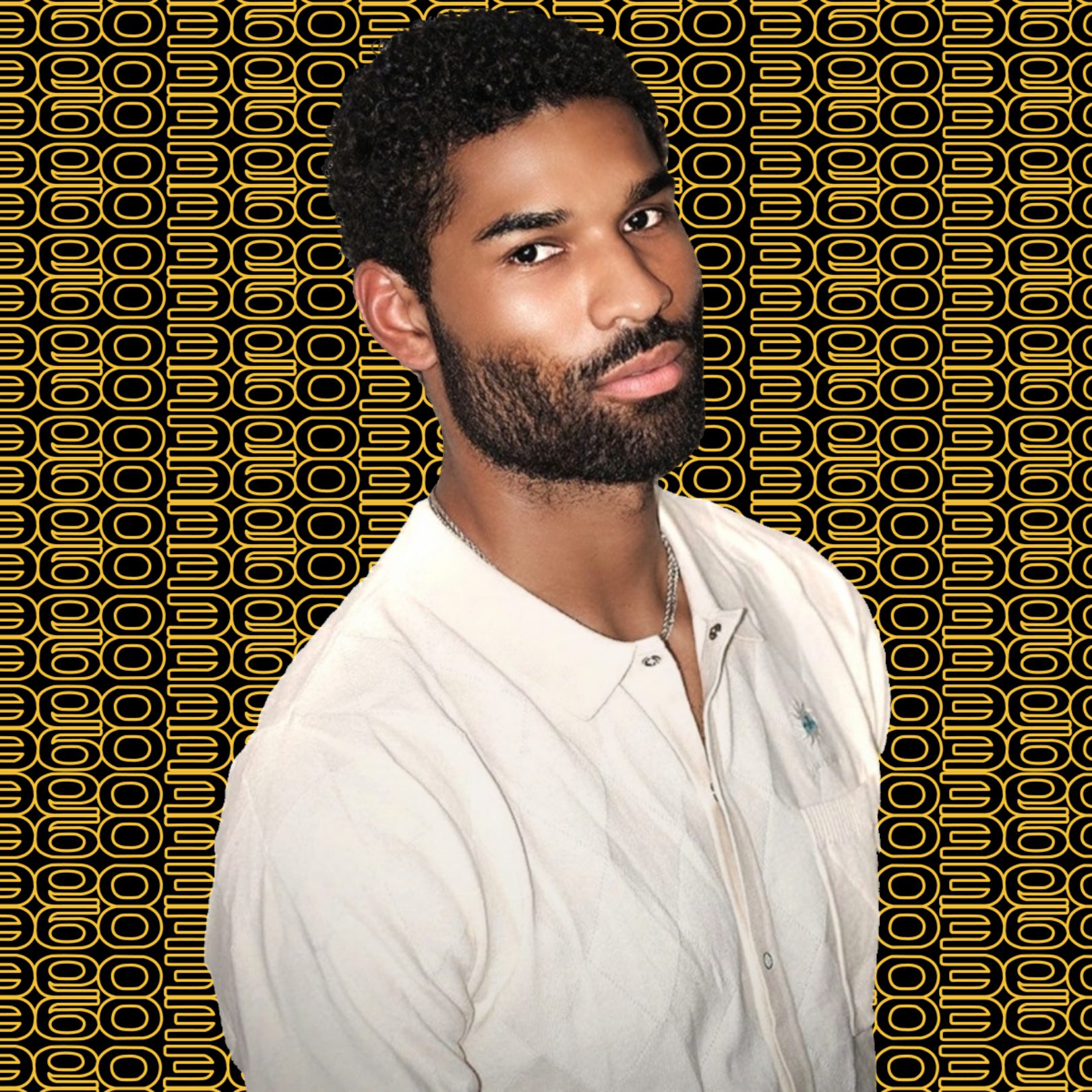
Ghanaian-German top model/influencer Nicolas Joesten is one of the most sought-after talents in the industry.
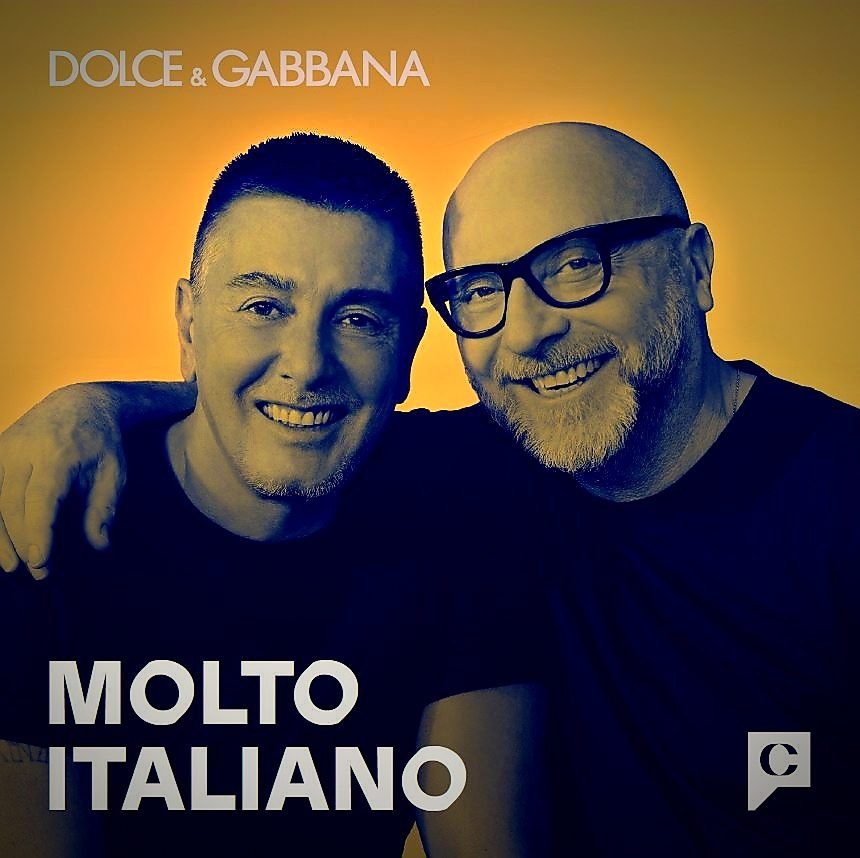
An introspective podcast has launched, following the most iconic and inescapably Italian elements of Domenico Dolce and Stefano Gabbana‘s universe.
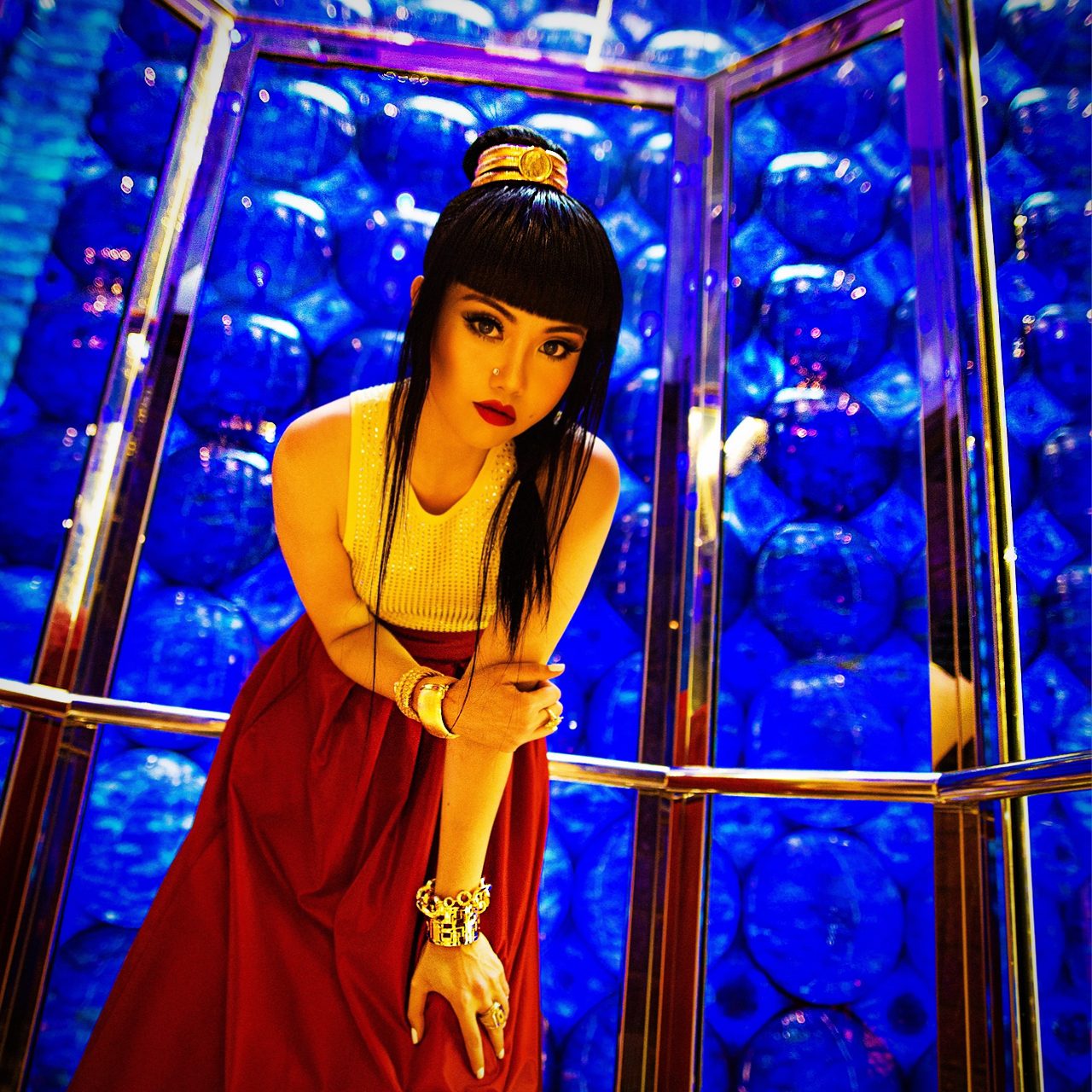
JESSICA MINH ANH FLOATS A CATWALK INTO RIO’S HARBOR ON COSTA DIADEMA.
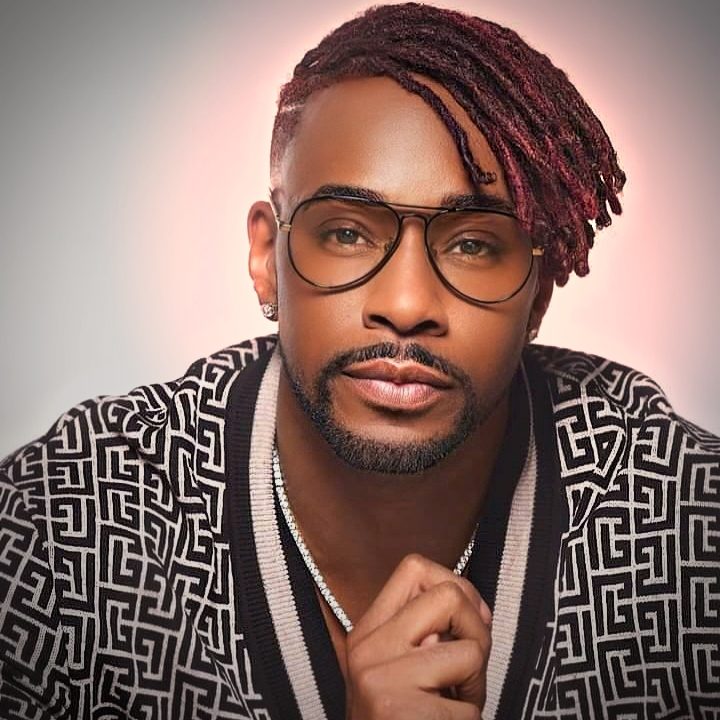
Celebrity hairstylist Derick Monroe, who has been nominated for 5 Emmys, is now emerging as a YouTube star.